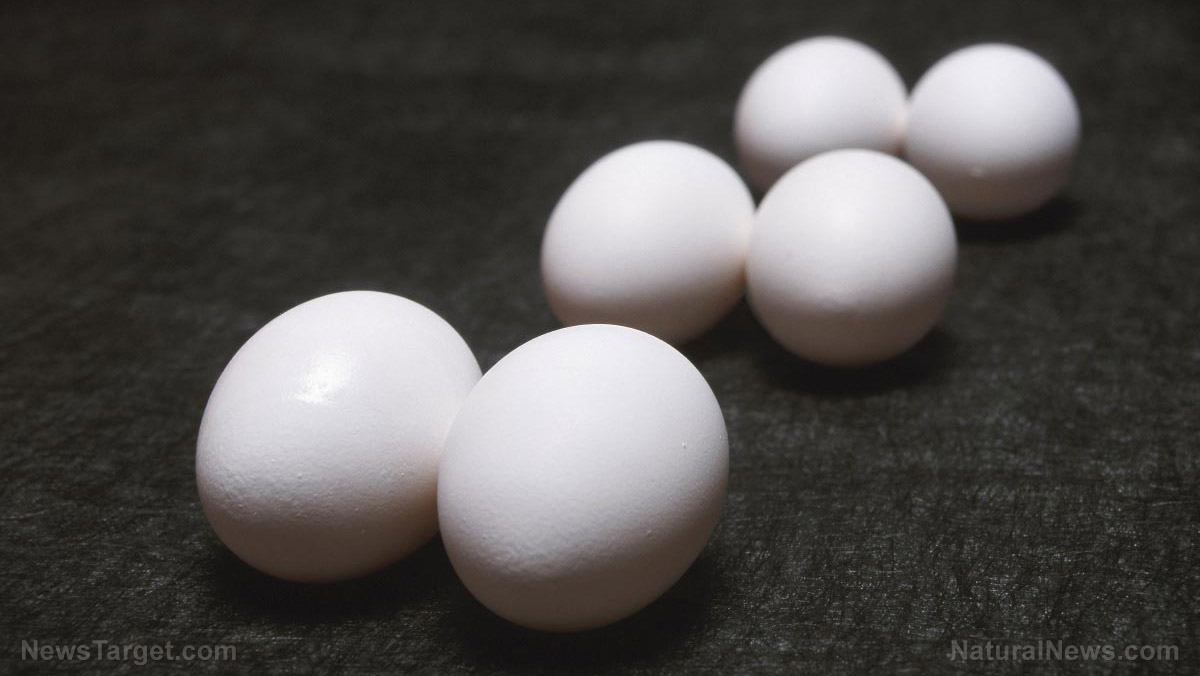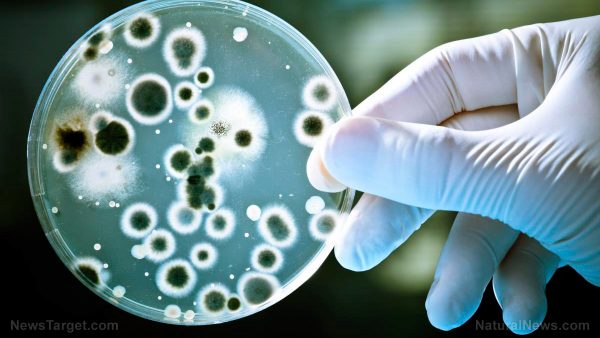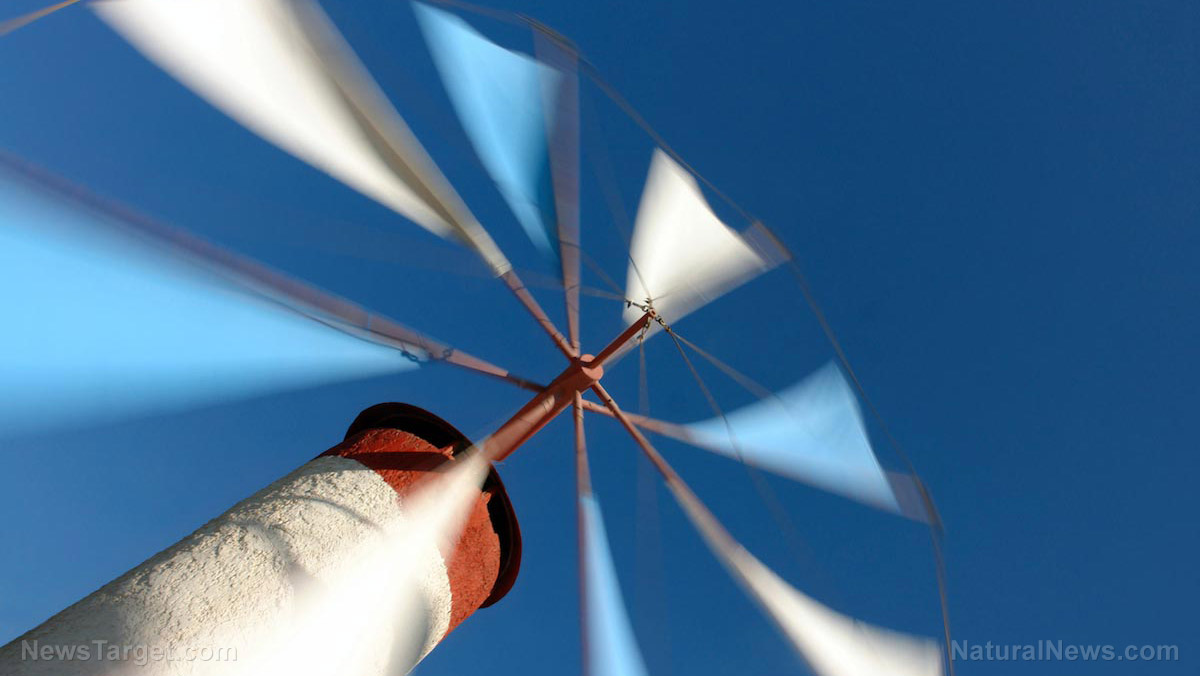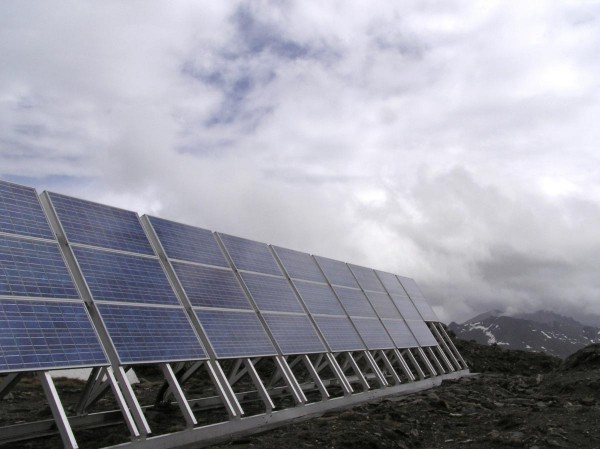Could eggshell membranes be the next great biomaterial for harvesting green energy?
08/06/2018 / By Edsel Cook

Of all the naturally occurring organic materials in the world, you wouldn’t think eggs would have anything to do with collecting clean, sustainable energy. And it is not even the entire egg, but just the shell. An article on Nanowerks covered how eggshell membranes might serve as a biomaterial for piezoelectric materials used in nanogenerators.
Biomaterials are non-toxic and generally do not harm biological organisms such as humans. Some of them can be used as smart piezoelectric materials that can harvest energy from pressure.
There are very few such materials that are derived from biowaste. These biomaterials tend to be less efficient and effective than their conventional equivalents.
Problems with piezoelectric biomaterials have hampered the production of nanogenerators that need to be able to store and convert large amounts of energy. Existing examples are plagued with a slew of problems that make them difficult to produce, acquire, use, and discard.
These problems prevent earlier prototypes of bio-piezoelectric nanogenerators from being used in biomedicine and make them unsuitable for mass-production. (Related: “Air-con” clothes? Scientists develop cooling fabric inspired by the comet moth.)
Turning eggshell membranes into piezoelectric biomaterials
Researchers from the Indian Institute of Technology Kharagpur (IIT Kharagpur) are therefore pleased to report the results of their investigation on eggshell membranes as bio-piezoelectric materials. A common waste material that is cheap and biodegradable, eggshell membranes might prove to be the bio-piezoelectric material needed by bio-compatible nanogenerators.
Led by Professor Bhanu Bhusan Khatua of the institute’s Materials Science Centre, the research team built a self-powered bio-nanogenerator out of eggshell membrane. Their prototype demonstrates impressive energy conversion efficiency, instantaneous power density value, and piezoelectric sensitivity.
When compared to earlier biomaterials, the eggshell membrane-based piezoelectric material outperforms virus-based and fish swim bladder counterparts.
The researchers said their bio-nanogenerator uses simple biomechanical activities to generate electricity. Their experiment showed that eggshell membranes could enable the efficient harvest of clean energy in the near future.
One practical use for the nanogenerator is installing the device onto the insole of a shoe. The pressure imparted by the wearer’s foot with every step taken is converted into power that can instantly turn on green LEDs.
Assembling multiple devices in series connection beneath a dance floor, treadmill, or shoe rubber allows the harvesting of clean energy whenever the user is walking or running. The electricity can be used to charge a mobile device or – again – power LEDs.
New bio-nanogenerator can harvest energy from the slightest pressure
The IIT Kharagpur researchers noted that the instantaneous power density of their nanogenerator is the best that has been reported. Their device also demonstrated very high sensitivity towards the slightest pressure caused by the smallest motion.
These motions included pulses, resting body motions, water droplets falling on the device, and writing on the generator. Based on its sensitivity, the nanogenerator could be installed in blood pressure monitoring and healthcare units and use the arterial pulse or heartbeats being monitored by the instruments to power the device.
Last but not least, the nanogenerator can also differentiate between speech and voice signals. It could therefore be used as a speech recognition device.
The researchers claim their findings are a big step towards energy harvesting technology. Their bio-nanogenerators could be used to provide power to implantable and wearable electronics.
“We believe that our innovative finding will excite interdisciplinary researchers who are interested in biodegradable and biocompatible piezoelectric materials and next-generation power sources for smart electronics and health/biomedical application,” remarks Professor Khatua, who serves as the author of the study. He published his team’s findings in the science journal Materials Today Energy.
Learn more about new biomaterials at Scientific.news.
Sources include:
Tagged Under: bio-nanogenerator, biomaterials, biotechnology, Clean Energy, eggshell membrane, eggshells, future science, green energy, materials research, piezoelectric, piezoelectricity, renewable energy, science and technology


















